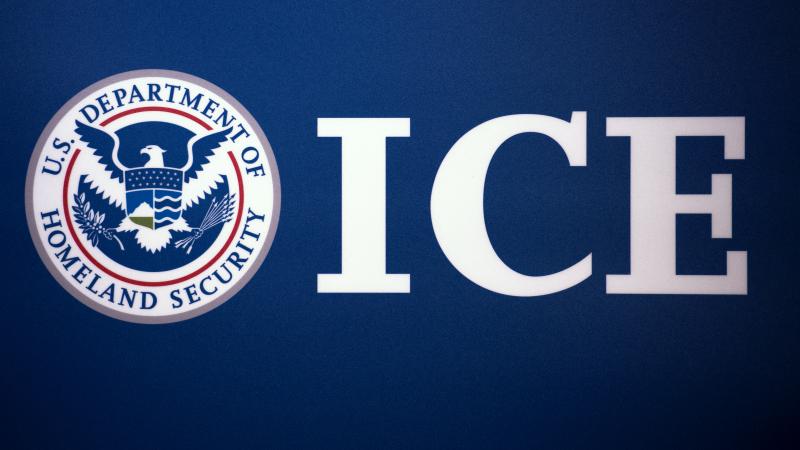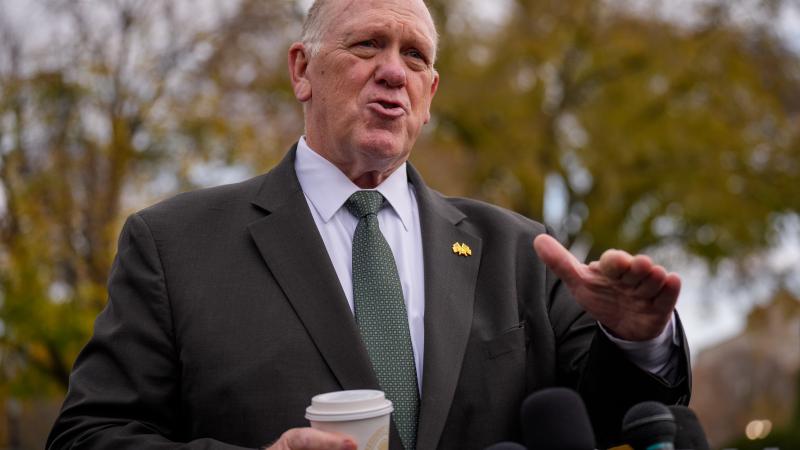Capitol Police chief during Capitol siege tells Congress mob showed 'high level of coordination'
'The entire intelligence community seems to have missed this,' wrote Steven Sund in a letter to top lawmakers
The chief of the U.S. Capitol Police during the Jan. 6 siege on Capitol Hill has sent Congress an eight page letter in he recounts in explicit detail the events of the tragic day and the preparation in advancing, saying some demonstrators were "wearing radio ear pieces indicating a high level of coordination."
The letter from the former chief, Steve Sund, who resigned after the attack, in which the mob breached the Capitol building, is addressed to House Speaker Nancy Pelosi, Democrat Senate leader Chuck Schumer and GOP congressional leaders.
"This mob was like nothing I have seen in my law enforcement career," Sund writes. "The group consisted of thousands of well-coordinated, well-equipped violent criminals. They had weapons, chemical munitions, protective equipment, explosives, and climbing gear. A number of them were wearing radio ear pieces indicating a high level of coordination."
He also argues that his force did not "fail" during the siege, arguing his officers did everything possible given the available intelligence.
"There has been much conflicting information presented by various officials and the media regarding preparations and actions taken at the Capitol that day, and I would like to set the record straight from my perspective," Sund wrote.
He also wrote that on Jan. 3 an internal intelligence assessment found that members of fringe political groups including the Proud Boys and Antifa were expected to participate in the event three days later, which was preceded that day by a permit-granted "Stop the Steal" rally opposing the outcome of the 2020 presidential election.
The department further determined that some members of the crowd may be inclined to become violent, according to Sund's letter. However, at that point, the Capitol police had already successfully handled two protests that occurred in D.C. after the election, and did not believe the one on January 6 would go much differently, despite differing crowd sizes and locations, he said.
In the attack one officer was killed and a protester was fatally shot while trying to get through an interior door window in the Capitol building.
In the letter, Sund also argues took the Defense Department most of the afternoon to approve his urgent request for support from the National Guard.
"I still cannot fathom why in the midst of an armed insurrection, which was broadcast worldwide on television, it took the Department of Defense over three hours to approve an urgent request for National Guard support," he wrote.
Beyond the delayed backup on the ground, Sund points to the fact that his department was not properly briefed on the possibility of a "military-style armed insurrection."
"The entire intelligence community seems to have missed this," he also wrote. "I wish that before placing the blame on the USCP and on me as the chief for the breach of the Capitol by an insurrectionist mob, more consideration would have been given to the impact of incomplete information provided by intelligence assessments, the denied National Guard request, and the subsequent delayed approval for National Guard assistance. Again, I do not believe that the U.S. Capitol Police failed. Greatly outnumbered and against tremendous odds, they kept the members safe."
At present, one month following the breach, heightened security measures remain in place at the complex, including eight-foot barbed wire fencing and full body metal detectors at the entrances of the chamber halls.















